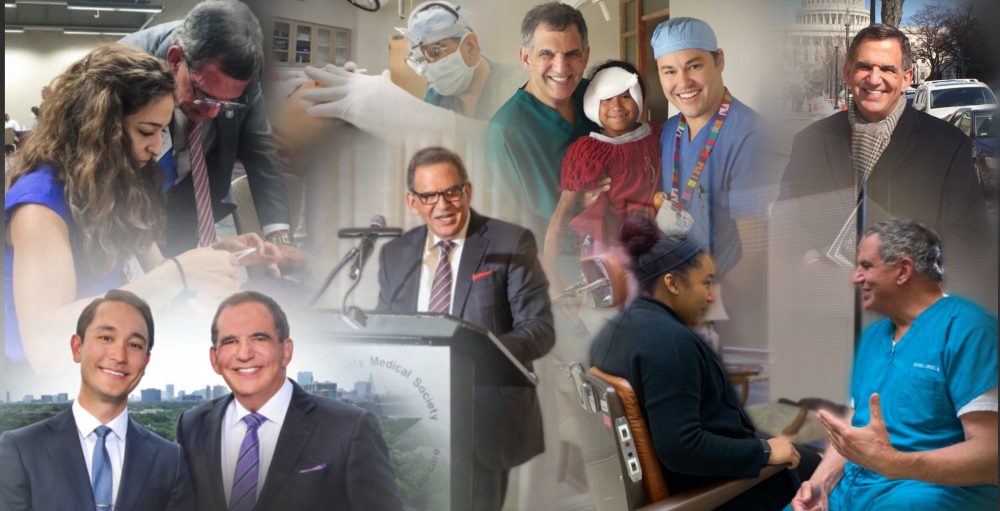Diversity, Equity and Inclusion (DEI) in our institutions, practices, and our lives is an important issue. Any form of prejudice, discrimination, or unequal treatment is counter to my values and counter to our AMA core values.
The AMA and all of us, have a growing responsibility to improve diversity, equity, and inclusion (DEI) efforts not only for our colleagues, but also to better serve patients, their families, and our employees. By working to bolster DEI efforts we have an opportunity to improve the lives of those providing and receiving care.
 In my leadership positions on the Board, I was involved in numerous actions to help bring DEI to the forefront both to the public and within our own organization. As Board Chair I helped prioritize the agenda of our Center for Health Equity; including the Board approval of a multi-million budget increase for the Center, and funding for the Chicago West End inner-city health endeavor. We also approved the actions taken by the JAMA Editorial Board to make the journal and its specialty journals more responsive to diversity and anti-racism. We encouraged the Council on Medical Education, as well as the Association of Medical Colleges to increase minority admissions and retention. As member and Chair of CSAPH, we developed papers and positions on many health issues; such as, maternal mortality and morbidity and focused on underserved communities with recommendations to address inequities and bias. In my role as Clinical Professor, I have encouraged our educational institution to improve diversity in the University and mentored BIPOC (Black, Indigenous, People of Color) medical students and residents rotating through my practice to pursue specialty training. As Fellowship Director, I selected one of the first female fellows in our specialty, as well as one of the first BIPOC fellows. As a private practitioner, a core tenet of our hiring practice has always been to have a diverse workforce.
In my leadership positions on the Board, I was involved in numerous actions to help bring DEI to the forefront both to the public and within our own organization. As Board Chair I helped prioritize the agenda of our Center for Health Equity; including the Board approval of a multi-million budget increase for the Center, and funding for the Chicago West End inner-city health endeavor. We also approved the actions taken by the JAMA Editorial Board to make the journal and its specialty journals more responsive to diversity and anti-racism. We encouraged the Council on Medical Education, as well as the Association of Medical Colleges to increase minority admissions and retention. As member and Chair of CSAPH, we developed papers and positions on many health issues; such as, maternal mortality and morbidity and focused on underserved communities with recommendations to address inequities and bias. In my role as Clinical Professor, I have encouraged our educational institution to improve diversity in the University and mentored BIPOC (Black, Indigenous, People of Color) medical students and residents rotating through my practice to pursue specialty training. As Fellowship Director, I selected one of the first female fellows in our specialty, as well as one of the first BIPOC fellows. As a private practitioner, a core tenet of our hiring practice has always been to have a diverse workforce.
The AMA has made significant efforts to promote DEI and adopted many policies and programs that have produced positive change, including establishing the Center for Health Equity. The Embedding Equity Initiative focuses on making racial justice and health equity a key focus throughout the American Medical Association.
SUMMARY
This touches all of us, regardless of our race or ethnicity.
Commitment to consistent DEI initiatives, especially training is not only important for patient safety, but also for better health outcomes. There is still more to be done. We cannot change our history, but we can continue to expand our efforts to eliminate bias and discrimination. We can’t rest on our laurels. Eliminating health inequities is an ongoing issue and one that needs to remain in the forefront.


